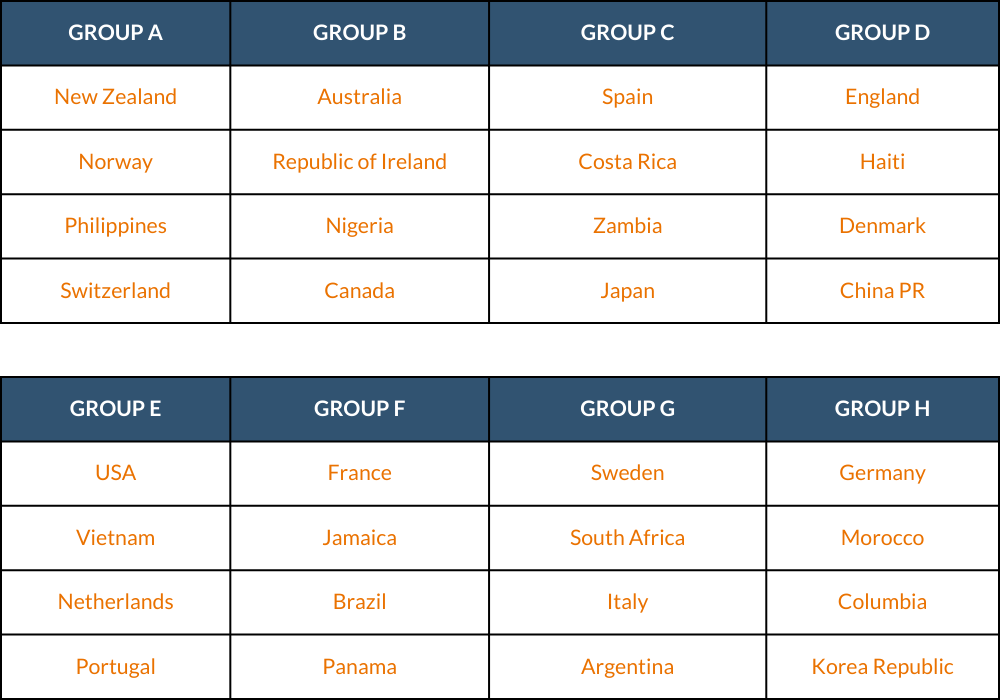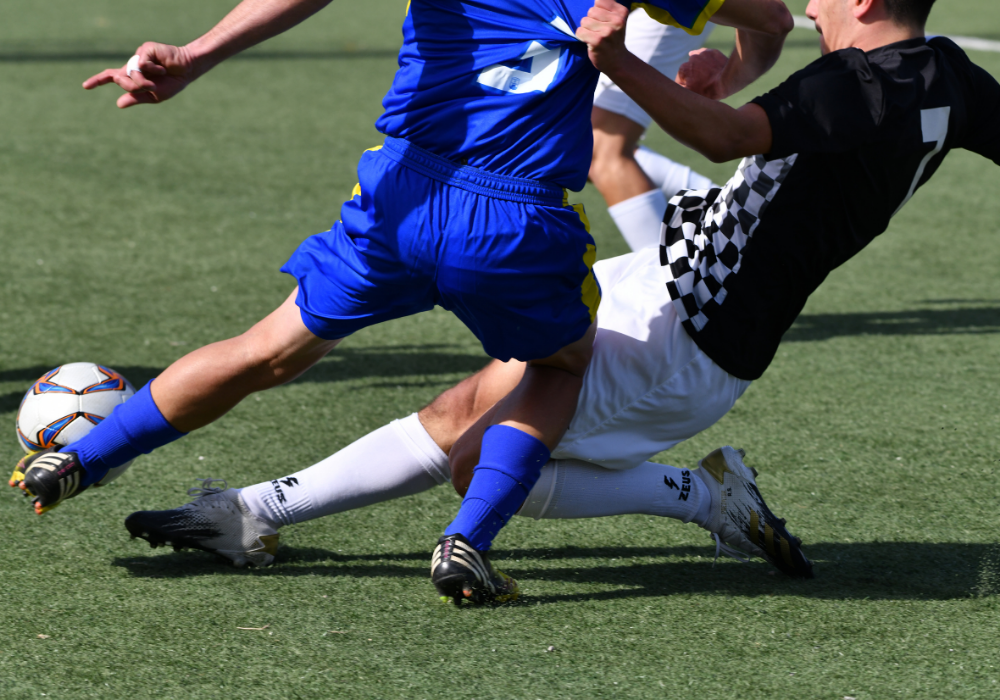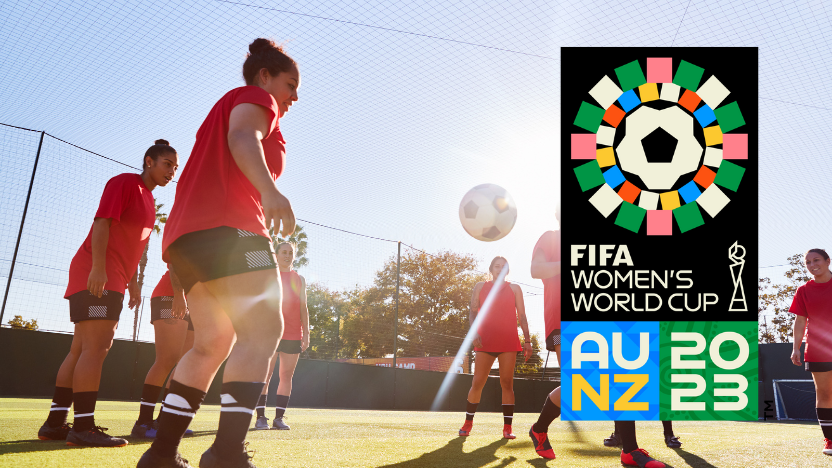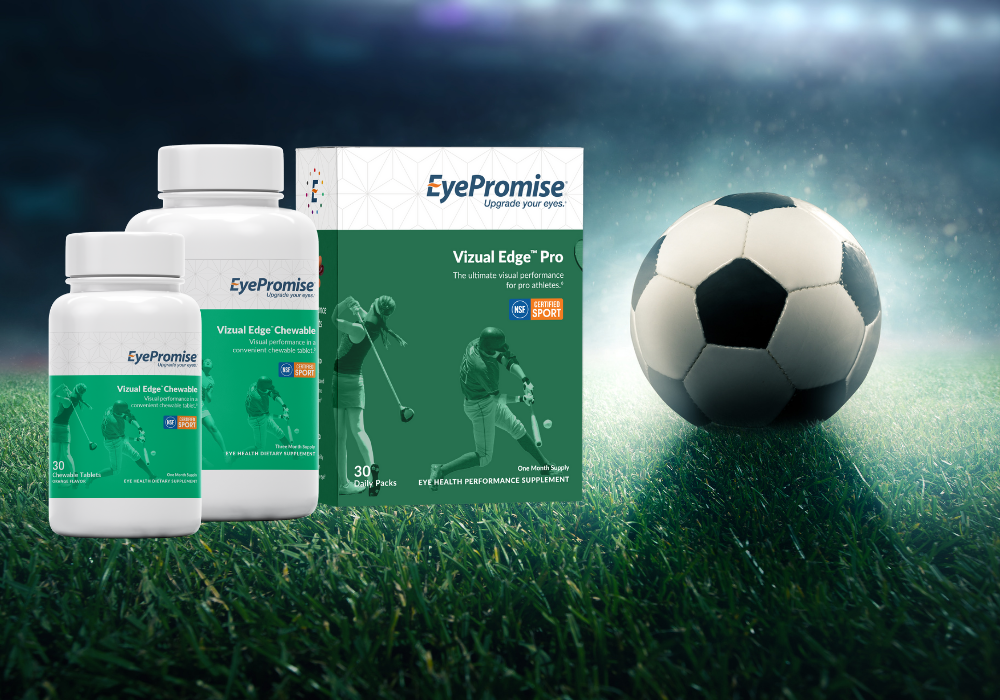Women’s World Cup 2023
Posted by EyePromise on Jul 12th 2023
When it comes to international sports, few reach farther than soccer (more widely known as fútbol). This year, the Women’s World Cup will be taking place, just one year after the Men’s tournament. Here’s what you need to know about the Women’s World Cup.
History

The first ever FIFA Women’s World Cup occurred in 1991 in China. This tournament looked a little different, as there were only 12 qualifying teams and games were only 80 minutes long versus the full 90 minutes. The U.S. was the first Women’s World Cup Champions, beating out Norway in the finals. Since then, the Women’s World Cup has been hosted every 4 years, always occurring the year after the men’s tournament.
This Year’s Tournament
The 2023 Women’s World Cup will take place in Australia and New Zealand from July 20th through August 20th. This year, the number of qualified teams increased from 24 to 32, creating 8 groups of 4 teams and matching the men’s tournament. The group stages will be round-robin style and completed throughout the ten stadiums, five in Australia and five in New Zealand. This will narrow down into the sweet sixteen, which kicks off the knockout stages.
The U.S. are the back-to-back defending champions, aiming for a three-peat in this year’s contest. However, with a larger competitive pool, there will be even more teams trying to keep that from happening. After the wild turn of events during the Men’s World Cup last year, who knows what will happen!

How Does Visual Performance Impact Soccer?
It can seem like the eyes are “less” important when it comes to soccer, since the ball is much bigger than say baseball or tennis. However, improved visual performance can have several positive implications for the sport, including:

- Visual acuity – This is the standard measurement taken using an eye chart. It’s how sharp your vision is and how well you can see at a standard distance. For soccer, this helps not only to see the ball, but it also helps identify teammates at a glance.
- Visual range – Similar to acuity, visual range is what you can see, but at a further distance that acuity is measured. This is closer aligned with distance vision, but also includes peripheral vision. This is being able to see the whole field (or pitch), knowing where your teammates are, where the defenders are, and, perhaps most importantly, where each of the goals are.
- Contrast sensitivity – This is a visual function that helps you see subtle details and differences in objects. This would be helpful for soccer players to help them see if there’s a dip or divot in the field, identify the rotation of the ball, and know who’s on their team if jerseys are similar colors.
- Visual processing speed – This visual function is how long it takes for your eyes and brain to communicate. Your eyes take in information, and they only have a split second to relay that to your brain so you can make a decision. For example, you teammate plays a long ball to you. While it’s in the air, your eyes need to track it’s trajectory and tell your brain, so your brain can tell your body where to go. The faster that time, the better off you are to receive that pass.
EyePromise® for Soccer
EyePromise, the #1 eye vitamin choice of eye doctors and pro athletes, can help improve and enhance visual performance measures like those above. Made with high-quality, natural ingredients like dietary zeaxanthin (zee-uh-zan-thin), these formulations are clinically proven to support optimal vision, even for athletes. The whole line is NSF Contents Tested and Certified, but a few products go even further, earning the NSF Certified for Sport accreditation.
Learn more about EyePromise and performance.
Don’t miss all the action of the 2023 Women’s World Cup starting next week!


